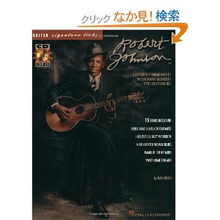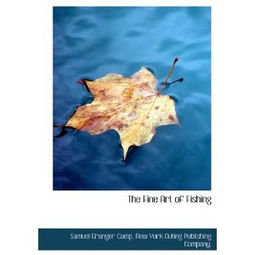Floating fishing, an ancient yet enduring method of angling, offers anglers the unique opportunity to fish in both deep and shallow waters, targeting a variety of fish species. One of the key elements in successful floating fishing is mastering the art of adjusting the float or “漂” to achieve the perfect presentation. In this comprehensive guide, we will delve into the intricacies of floating fishing techniques and provide essential漂 adjustment tips to help you become a proficient angler.
Understanding Floating Fishing

Floating fishing, also known as topwater fishing, involves using a float to keep the bait or lure at the surface of the water. This technique is particularly effective for catching species that feed near the surface, such as bass, carp, and catfish. The float serves as an indicator, signaling when a fish takes the bait.
Choosing the Right Equipment
Before diving into the techniques, it's crucial to have the right equipment. Here's a list of essential gear for floating fishing:
- Floating Rod: A lightweight, flexible rod designed for topwater fishing.
- Floating Reel: A reel with a smooth drag system and a capacity to handle the desired line size.
- Floating Line: A line that will float on the water's surface, allowing the float to remain above the bait.
- Float or Baitcasting Rod: A rod designed for casting heavy lures and baits.
- Bait or Lure: Depending on the species you're targeting, choose the appropriate bait or lure.
- Leader Line: A short, invisible line that connects the float to the main line, often made of fluorocarbon or monofilament.
Setting Up the Float
Properly setting up the float is crucial for successful floating fishing. Here's how to do it:
- Attach the Leader Line: Tie the leader line to the main line using a reliable knot, such as an improved clinch knot or a uni-knot.
- Thread the Float: Place the float on the leader line, ensuring it's centered and balanced.
- Adjust the Weight: Attach a small split shot or a bobber stopper to the leader line above the float. This weight will help keep the float above the bait.
- Cast the Line: Cast the line out into the water, allowing the float to settle at the desired depth.
Floating Fishing Techniques
- Worming the Bait: Slide the bait or lure under the float and allow it to swim or crawl along the surface. This mimicry can attract fish that feed on surface insects or other prey.
- Jigging: Move the float in short, quick bursts, mimicking the action of a struggling prey. This can trigger strikes from fish that are actively feeding.
- Skating: Move the float across the surface at a 45-degree angle, creating a ripple effect. This technique is effective for targeting fish that are feeding on surface insects.
- Trolling: Attach the float to the end of the line and allow it to be pulled through the water. This method is useful for covering large areas and targeting fish that are spread out.
漂 Adjustment Tips
- Wind Conditions: Adjust the float's position on the leader line to account for wind. In windy conditions, place the float closer to the bait to reduce the effect of the wind.
- Water Depth: If you're fishing in deep water, place the float higher on the leader line to ensure it remains above the bait. In shallow water, lower the float closer to the bait.
- Fish Activity: Observe the fish's behavior and adjust the float accordingly. If the fish are actively feeding, a more visible float might be necessary. If they're more cautious, a subtle presentation might be better.
- Leader Length: The length of the leader line can affect the float's movement. Experiment with different lengths to find the one that produces the most strikes.
- Weight Distribution: Adjust the weight distribution by adding or removing split shots or bobber stoppers to achieve the desired action of the float.
Conclusion
Floating fishing is a rewarding and versatile technique that can be enjoyed by anglers of all skill levels. By understanding the principles of floating fishing and mastering the art of漂 adjustment, you'll be well on your way to catching more fish. Remember to practice patience, observe the water, and adapt your techniques to the conditions, and you'll be reeling in surface-feeding fish in no time. Happy fishing!












